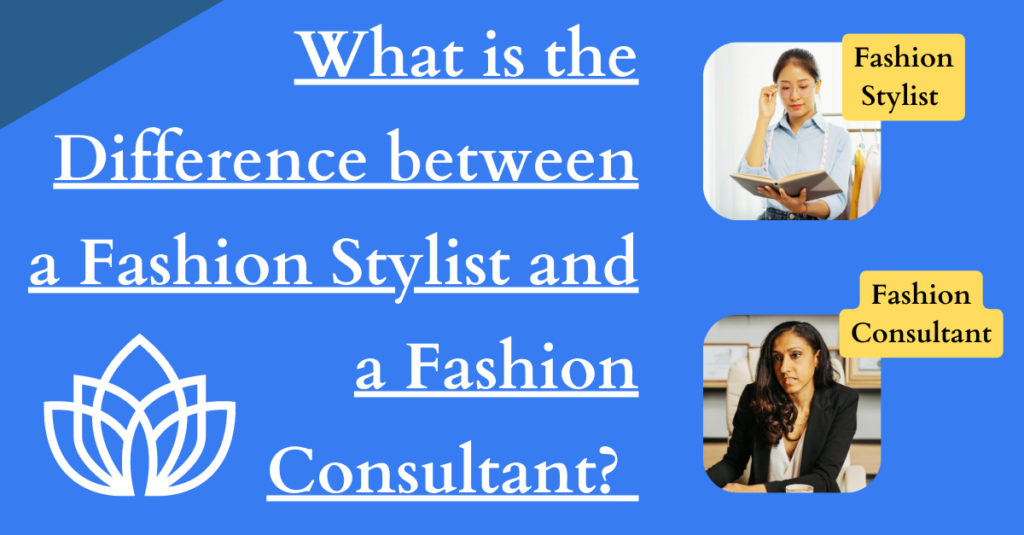Why is Fast Fashion Bad?
Introduction
Fast fashion has become a global phenomenon, revolutionizing the way we consume clothing. With its promise of trendy, affordable garments available at the click of a button or a visit to a local store, fast fashion has captured the attention of consumers worldwide. However, beneath the surface of this seemingly glamorous industry lies a multitude of negative impacts that deserve our attention. From environmental devastation to labor exploitation and ethical concerns, the dark side of fast fashion is far-reaching and cannot be ignored. In this article, we will delve into the reasons why fast fashion is bad and explore the urgent need for change.
-
Environmental Impact of Fast Fashion
Fast fashion is synonymous with rapid production and consumption, resulting in significant environmental consequences. Here are some key issues:
a. Excessive Resource Consumption: The fast fashion industry is a voracious consumer of resources, particularly water. From cotton cultivation to dyeing processes, the production of clothing requires massive amounts of water. According to the World Wildlife Fund (WWF), it takes an estimated 2,700 liters of water to produce a single cotton t-shirt. This relentless demand for water contributes to water scarcity, particularly in regions where water resources are already limited.
Furthermore, the use of synthetic materials, such as polyester, exacerbates the environmental impact. Polyester is derived from fossil fuels, and its production releases harmful greenhouse gases into the atmosphere, contributing to climate change.
b. Chemical Pollution and Textile Waste: The fast fashion industry relies heavily on the use of toxic chemicals in dyeing, printing, and finishing processes. These chemicals, including heavy metals and hazardous dyes, often find their way into water bodies, polluting ecosystems and endangering aquatic life. Moreover, the disposal of textile waste is a major challenge. With fast fashion promoting the culture of disposable clothing, landfills are burdened with vast quantities of discarded garments that take years to decompose. According to the Ellen MacArthur Foundation, the equivalent of one garbage truck full of textiles is landfilled or incinerated every second globally.
-
Social Impact of Fast Fashion
Behind the glitzy fashion shows and glossy advertisements, the fast fashion industry perpetuates social injustices and labor exploitation. Consider the following:
a. Exploitation of Labor: Fast fashion brands often rely on outsourced production in countries with lax labor regulations and low wages. Workers, predominantly women, toil in sweatshops where safety standards are often neglected, leading to hazardous working conditions. Long hours, low wages, and lack of job security are common features of the fast fashion labor landscape. Many workers are denied their basic rights, including the freedom to form unions and negotiate better working conditions.
b. Human Rights Violations: The fast fashion supply chain is tainted by human rights abuses, including child labor and forced labor. In an industry driven by tight deadlines and cost-cutting, the pressure to deliver cheap garments often leads to the exploitation of vulnerable individuals, including children who are forced to work in unsafe conditions. This not only violates their rights but also perpetuates the cycle of poverty and denies them access to education and a better future.
-
Ethical Concerns of Fast Fashion
Fast fashion raises significant ethical concerns, affecting both human and animal welfare. Here are a couple of key issues:
a. Animal Cruelty: The demand for animal-derived materials, such as fur, leather, and exotic skins, fuels animal cruelty. The fashion industry’s hunger for these materials often leads to unethical practices, including the confinement, mistreatment, and killing of animals solely for their skins or furs. Moreover, the lack of transparency in sourcing these materials makes it challenging for consumers to make informed choices regarding the ethics behind their fashion purchases.
b. Lack of Transparency and Accountability: Fast fashion supply chains are complex and global, often spanning multiple countries. This complexity makes it difficult to trace the origin of materials and ensure ethical practices throughout the production process. The lack of transparency and accountability in the fast fashion industry allows for exploitation and unethical practices to persist unchecked. Consumers are often left in the dark, unaware of the true cost of their clothing.
-
Economic Impact of Fast Fashion
While fast fashion may offer short-term economic benefits, its long-term impact on local industries and economies is concerning. Consider the following:
a. Disruption of Local Industries: The rise of fast fashion has led to the decline of traditional textile manufacturing in many countries. Local artisans and craftsmen, who once thrived on their unique skills, have been overshadowed by mass-produced, low-cost garments. As a result, these local industries suffer, leading to job losses, economic instability, and the erosion of cultural heritage.
b. Unsustainable Consumption Patterns: Fast fashion promotes a culture of disposable clothing, encouraging consumers to purchase more and discard garments quickly. This constant cycle of consumption contributes to overconsumption, resource depletion, and waste generation. Additionally, the low-quality materials and shoddy craftsmanship associated with fast fashion result in shorter garment lifespans, perpetuating the need for continuous production and consumption.
-
Alternatives to Fast Fashion
Addressing the negative impacts of fast fashion requires a collective effort from various stakeholders, including consumers, brands, and policymakers. Here are some alternatives that can help foster a more sustainable and ethical fashion industry:
a. Sustainable and Ethical Fashion Brands: An increasing number of fashion brands are emerging with a focus on sustainability and ethics. These brands prioritize fair trade, responsible sourcing, and environmentally-friendly production practices. By supporting these brands, consumers can contribute to positive change in the industry.
b. Secondhand and Vintage Clothing: Embracing secondhand and vintage clothing is an effective way to reduce the demand for new garments and extend the lifecycle of existing ones. Thrift stores, online marketplaces, and clothing swaps are excellent sources for pre-loved fashion, allowing consumers to make more sustainable choices without compromising style.
Conclusion
Fast fashion’s negative impacts on the environment, society, ethics, and economy cannot be underestimated. The urgent need for change in the fashion industry is clear. As consumers, we hold significant power through our purchasing decisions. By opting for sustainable and ethical alternatives, demanding transparency from brands, and advocating for stricter regulations, we can pave the way for a fashion industry that respects both people and the planet. Let us embrace conscious consumption and support a fashion revolution that is rooted in sustainability, fairness, and responsibility.

My name is Rohit Vagh and I’m a content writer specializing in fashion and lifestyle. I have three years of experience in this field and have written various articles. My writing style is creative and engaging, and I strive to create content that resonates with my readers. I have a deep passion for fashion and am constantly researching the latest trends and styles to make sure my readers are up to date. I’m excited to continue my career in blogging, and I’m always looking for new opportunities in the fashion and lifestyle space.





